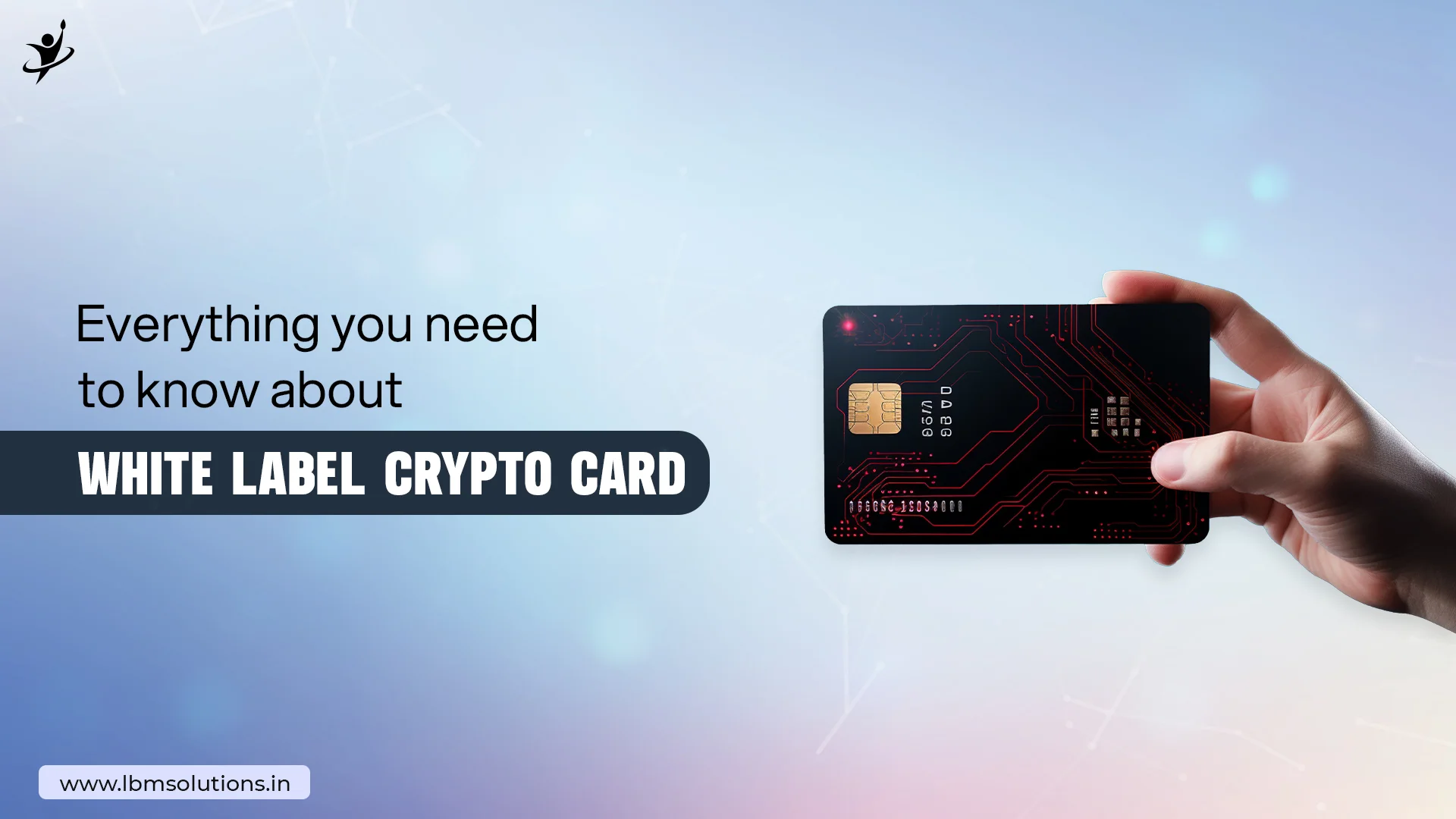The world is gradually flourishing from Web 2.0 to Web 3.0 ecosystem with the introduction of Binance Smart Chain (BSC) which works on Blockchain Technology. While Ethereum (ETH) with its native token ‘ERC-20’ was the first attempt to create a platform working on smart contracts, Binance Smart Chain (BSC) with its native token ‘BEP-20’ is expanding in popularity because developers find BEP-20 token (BSC) creation advantageous over ERC-20 token (ETH).
This could be one of the reasons why you ended up on this page in the first place. So it’s highly likely that you must be pondering over, “What is BEP-20?” or in case you already know its meaning, then you must be thinking about developing your very own BEP-20 token but don’t know where to start.
Whatever the case is, LBM Solutions will answer all the questions associated with Binance Smart Chain (BSC) or BEP-20 Token. So this blog is all about explaining the process of BEP-20 Token Development without any hassle. So, let’s understand what Binance Smart Chain is and its native token BEP-20.
What Is Binance Smart Chain (BSC)?
“Binance” is a word derived from “Binance Smart Chain” which specifies the team responsible for the Binance’s leading exchange who must be appreciated for bringing such an incredible chain to life. This chain might not be as decentralized as we expect it to be, but as per the blockchain trilemma, you can enhance its scalability and security by sacrificing decentralization.
This is exactly what BSC developers were going after while forking the ETH blockchain to make BSC in the year 2020. In a simple way, Binance Smart Chain (BSC) blockchain is created to operate on smart contract protocols. It runs in parallel to Binance Chain (Binance’s former original chain designed with the intention to store exchange transactions). But it didn’t host smart contracts or automate transactions, so it built a new chain named Binance Smart Chain (BSC).
What Is BEP-20 Token Standard?
BEP-20 is native to Binance Smart Chain’s token standard. BEP-20 is quite similar to Ethereum’s ‘ERC-20’ Token Standard with minor differences since BSC was created by forking Ethereum. Although, BEP-20 has some set of protocols that needs to be followed by all tokens created over BSC. Thus, the BEP-20 token is implied to any token developed over Binance Smart Chain.
Additionally, one thing to be noted is that the BEP-20 token is based on Binance Smart Chain (BSC) and the BEP-2 token is based on Binance Chain. BSC has other token standards too like BEP-721 (for NFTs) that is forked on ERC-721 which is Ethereum’s token standard.
How Are BEP-20 Tokens Created?
One thing that must be kept in mind for the BEP-20 token is the similarities of the token creation on BSC and Ethereum. Both these processes involve implementing the same tools, programming languages, and ideas. BSC token is created with solidity and the tools used are Metamask Crypto Wallet & Remix.
This blog will cover the complete development process of the BEP-20 token on the Binance Smart Chain. Thus, one point to be noted is that the process stays the same over the Mainet.
Get A Node
The first step involves finding a node that would be connected with the MetaMask wallet. After getting the node, you will be eligible to get connected with other blockchain networks. Once you open the node, a full list of endpoints and other accessible nodes will appear. This is where you will find the Testnet Archive node and Testnet Node. Click on ‘copy to clipboard’ over the Testnet node, only then you can proceed further.











